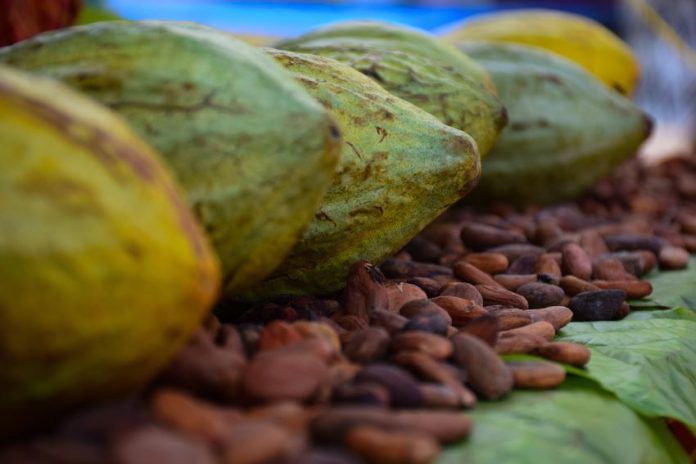Satisfying your chocolate craving in Mexico will be more expensive this year.
According to an economic analysis by Mexico’s Banco Base, the commodity with the greatest global price growth in 2023 — at 61.3% — was cocoa, and the price keeps increasing.

How much have global cocoa prices increased and why?
And it’s only getting worse: the prices of global cocoa futures for May delivery temporarily surpassed US $10,000 a ton on Tuesday, a more than 129% increase in 2024. Tuesday’s final price eventually dropped somewhat to US $9,641.50.
Abel Main Rodríguez, information director at the Agricultural Markets Consulting Group, explained that the rise in prices worldwide is due to crop shortages in the West African countries of Ivory Coast and Ghana, which combined, account for 70% of the global supply.
El Niño and the oomycete fungus phytophthora palmivora — responsible for black pod disease — are causing the cacao crop shortages in these two countries. Drought has also decreased cacao crops in other major producing nations — Ecuador, Cameroon, Nigeria and Brazil.
How will this affect chocolate prices in Mexico?
Currently, global price increases have not had as great an impact on Mexican consumers, although local prices have indeed been rising. According to the National Institute of Statistics and Geography, chocolate prices in the Mexican market have increased by an average of 8% in the past year — a figure higher than the inflation rate of 4.6%.
Cuauhtémoc Rivera, president of the National Alliance of Small Merchants, estimates that chocolate prices will double in the second half of the year, when consumption is at its peak.
But despite the increase in the cost of raw materials such as cocoa — and sugar, whose prices rose globally by 7% in 2023 — Paolo Quadrini, the general director of the National Association of the Confectionery and Chocolate Sector, predicted in February that chocolate and candy sales will rise by 10% in the Mexican market during 2024.
How much cacao does Mexico produce?
Cacao — which is native to Mexico — is one of the country’s most important shade crops in tropical regions, just behind coffee. According to federal government figures, around 45,000 Mexican farmers cultivate cacao beans, mainly in the states of Tabasco, Chiapas and Guerrero.
While Mexico is expected to produce 38,000 tonnes in 2024 according to the Agriculture and Rural Development Ministry (Sagarpa), it doesn’t grow enough to meet national demand. Mexico ranks among the top 11 producers worldwide.
According to Main Rodríguez, Mexico will need to import around 43,000 tonnes this year to meet market needs.
With reports from Milenio, Expansión, El Economista and Forbes
